-
Welcome to Tundras.com!
You are currently viewing as a guest! To get full-access, you need to register for a FREE account.
As a registered member, you’ll be able to:- Participate in all Tundra discussion topics
- Transfer over your build thread from a different forum to this one
- Communicate privately with other Tundra owners from around the world
- Post your own photos in our Members Gallery
- Access all special features of the site
The LED SAE fog pod and fog light review
Discussion in 'Lighting' started by Cfincke, Dec 16, 2018.


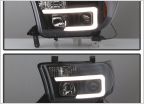 Spyder Projector headlights Thoughts???
Spyder Projector headlights Thoughts???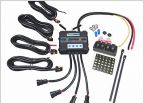 OEM switches/ Switch Pros/ trigger controller switch board
OEM switches/ Switch Pros/ trigger controller switch board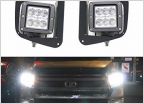 IJDMTOY fog lights
IJDMTOY fog lights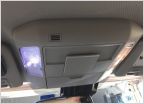 LED Interior Lights
LED Interior Lights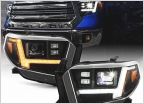 Keekpo Headlights
Keekpo Headlights
